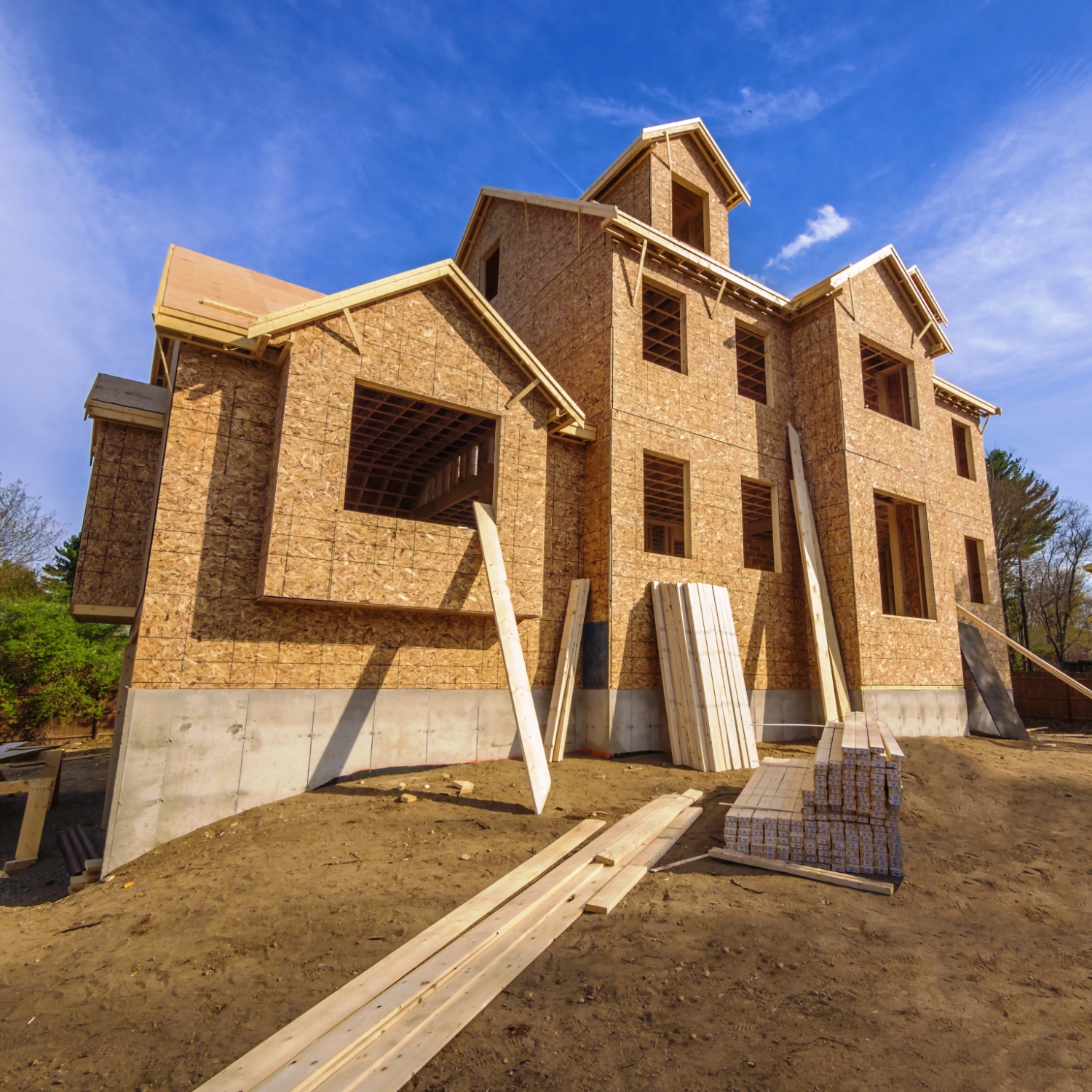
The U.S. Census Bureau reported Tuesday morning that construction spending in November rose by 0.9% to an estimated seasonally adjusted annual rate of about $1.182 trillion from the upwardly revised estimate of $1.171 trillion in October. Compared with November 2015, total spending is up 4.1%.
For the first 11 months of 2016, new construction spending rose 4.4% to an estimated total of $1.071 trillion compared with the 2015 total of $1.026 billion.
The consensus estimate by economists surveyed by Bloomberg News called for a rise of 0.6% in construction spending for November and a year-over-year increase of 3.4%.
For the month of November private residential construction rose 1% month over month to $462.91 billion. Private non-residential construction rose 0.9% month-over-month and total private construction spending on a seasonally adjusted annual basis rose 1% to $892.82 billion compared with a revised October total of $884.33 billion.
In the private sector, single family residential construction is 6% higher than it was a year ago and multi-family construction is up 5.4% from November 2015. Private, non-residential construction is up 1.3% year over year.
In the public sector, seasonally adjusted total spending rose 0.8% compared with October and is now 2.6% higher compared with November 2015. Spending on educational facilities increased by 2.1% month over month, and is up 6.2% from November 2015 spending. Public residential construction rose 0.5% month over month, and remains up 2.7% compared with November 2015.
Private sector spending on new housing is up 3% year over year thru November and private sector spending on non-residential construction is up 4.9% year over year. Total public and private construction spending is up 4.1% compared with November 2015.
Travel Cards Are Getting Too Good To Ignore (sponsored)
Credit card companies are pulling out all the stops, with the issuers are offering insane travel rewards and perks.
We’re talking huge sign-up bonuses, points on every purchase, and benefits like lounge access, travel credits, and free hotel nights. For travelers, these rewards can add up to thousands of dollars in flights, upgrades, and luxury experiences every year.
It’s like getting paid to travel — and it’s available to qualified borrowers who know where to look.
We’ve rounded up some of the best travel credit cards on the market. Click here to see the list. Don’t miss these offers — they won’t be this good forever.
Thank you for reading! Have some feedback for us?
Contact the 24/7 Wall St. editorial team.


